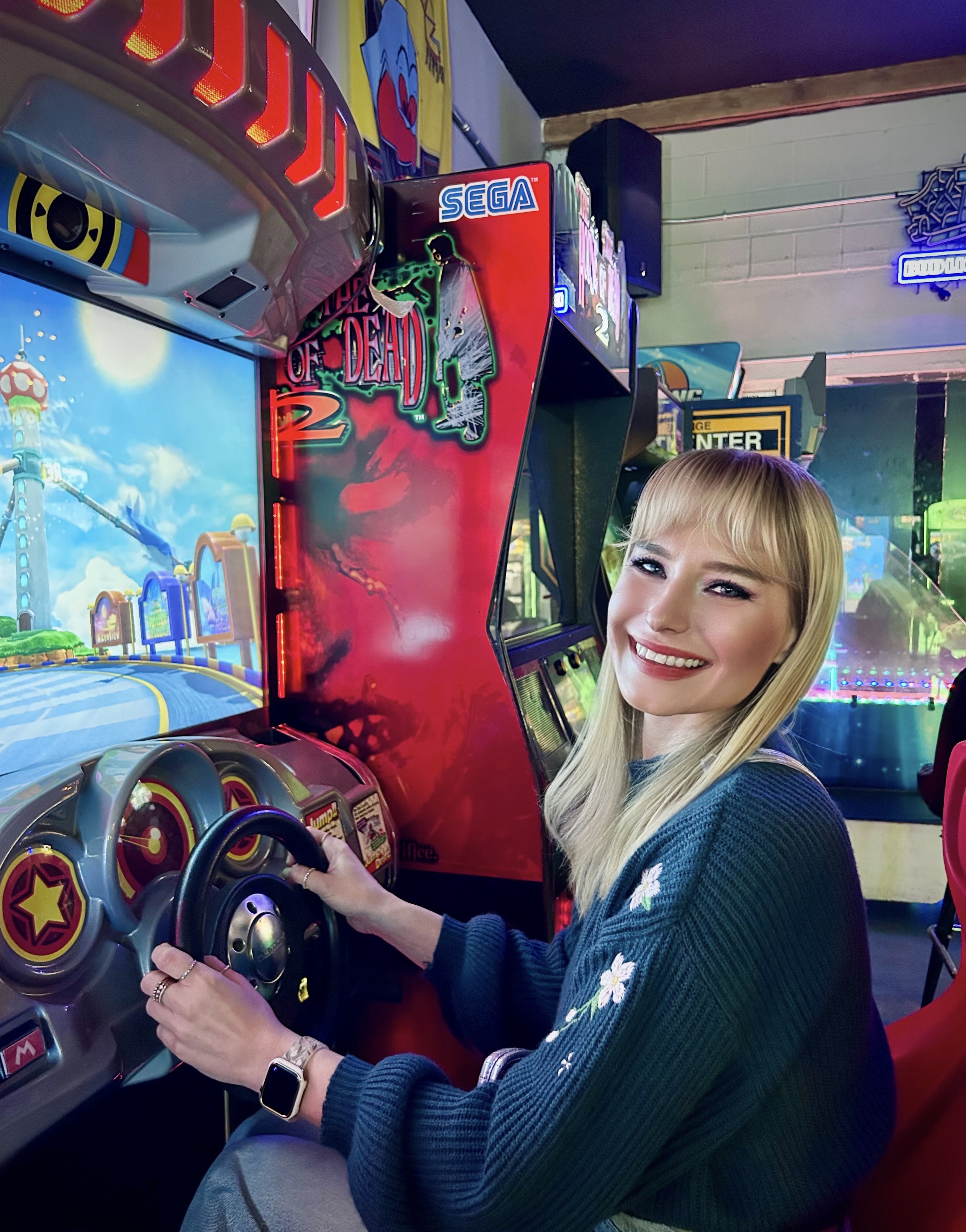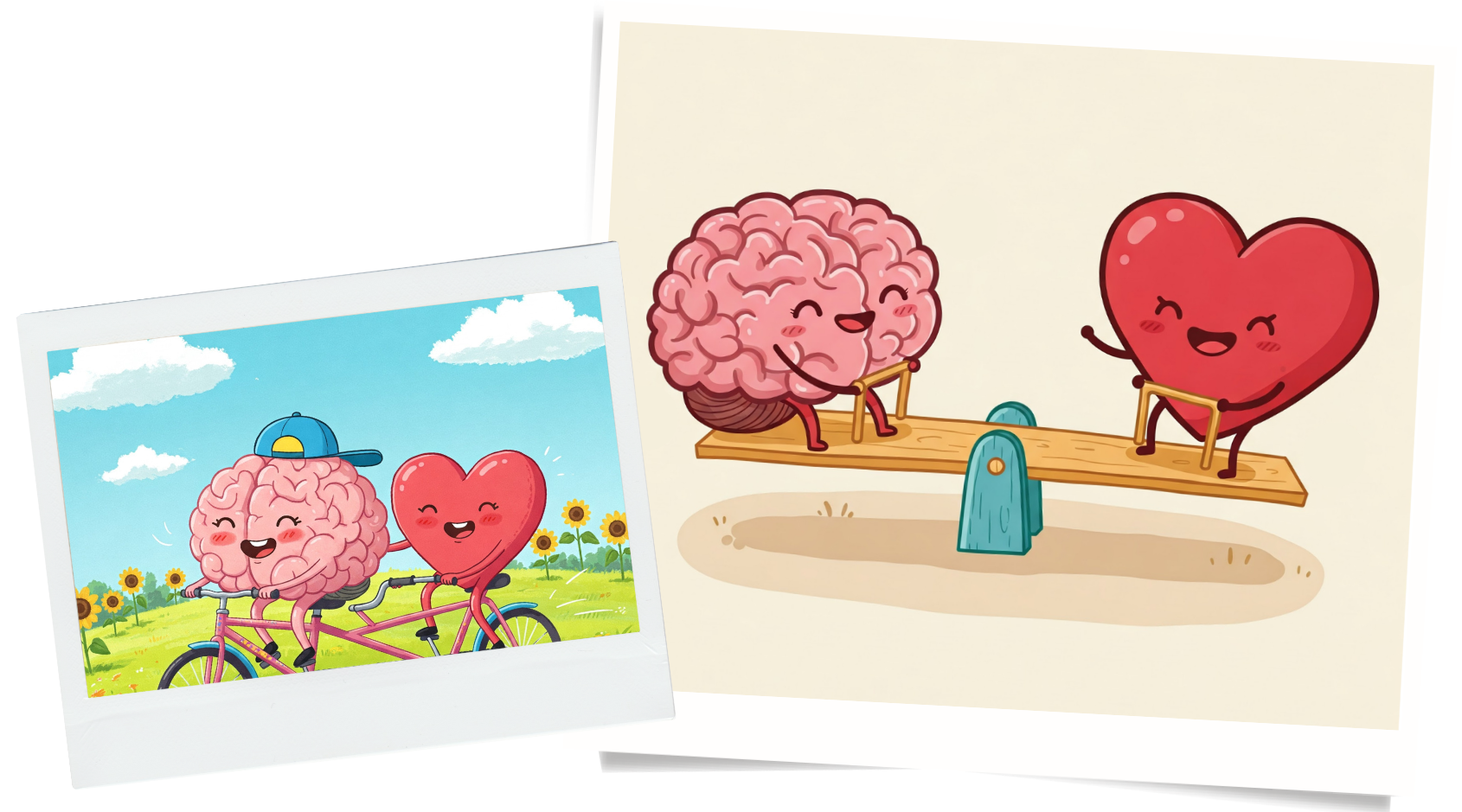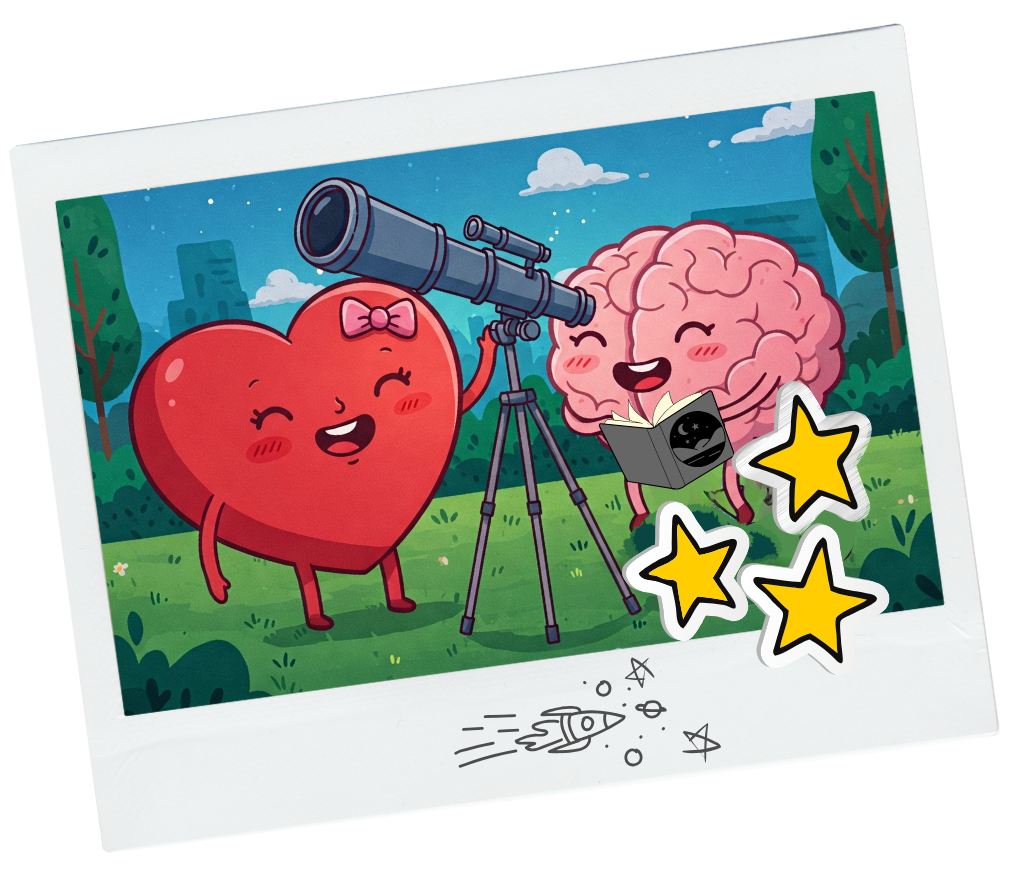Training in Motion: When Learning Clicks, Change Sticks
 Hi, I'm Christina! As the Training Lead for the Student Information System (SIS) Project, my role blends strategy, creativity and adaptability. On paper, I’m tasked with designing and delivering training to help end users navigate the new systems. But in practice, it’s about so much more—it’s about connecting with people, addressing their concerns and creating a space where learning feels meaningful, intentional and maybe even exciting!
Hi, I'm Christina! As the Training Lead for the Student Information System (SIS) Project, my role blends strategy, creativity and adaptability. On paper, I’m tasked with designing and delivering training to help end users navigate the new systems. But in practice, it’s about so much more—it’s about connecting with people, addressing their concerns and creating a space where learning feels meaningful, intentional and maybe even exciting!
Bridging the Gap Between Systems and People
Training design is often viewed as a straightforward process: build the curriculum, deliver it and move on. But for me, it’s about bridging the technical to the personal. I view every session as an opportunity for recalibration, helping learners find their footing and view their role as critical to the system’s success. It’s not just about “how to” but “why it matters.”
The SIS Project touches every corner of our student IT ecosystem. While change on this scale can feel overwhelming, I strive to ensure every training experience leaves people feeling grounded and supported. After all, learning and change go hand in hand—you can’t have one without the other. As we prepare for go-live, my hope is that we also feel alive.
Balancing Head and Heart
At the center of organizational change management lies the interplay between processes and people. If project management is the head of a project, training is the heart. Beyond technical proficiency, effective training builds trust and eases the emotional resistance to change. While many view training as a step toward system implementation, I see it as a method of guiding people through both the logistical and emotional aspects of a transition.
On the subject of feelings, training has a reputation for being incurably boring. My unconventional opinion is that playtime isn’t just for elementary-aged students. Incorporating moments of play into training is a powerful tool for inviting curiosity and reinforcing learning. Yes, really! Research shows that positive emotions can activate areas of the brain involved in attention, memory and recall.
Adding a bit of play provides a refreshing counterbalance to the inevitable challenges of change, creating a low-stakes environment where learners can explore, make mistakes and grow. These moments of levity ease the tension while reinforcing key learning objectives. It’s a reminder that training doesn’t have to be so stiff, and a sprinkle of joy deepens understanding in ways that traditional methods can’t replicate.

My Philosophy on Learning
My approach to training draws from my background in organizational psychology, consulting and teaching. I believe learning can be transformational—not just acquiring skills, but turning uncertainty into capability. My philosophy centers on three core principles: engagement, relevance and inclusivity.
Training is most effective when it is both engaging and directly relevant to the learner’s needs. That’s why I aim to break away from dry, one-size-fits-all instruction by weaving in real-world applications and interactive elements. Whether it’s using relatable scenarios, encouraging active participation or adding a dash of flair, I’m on a mission to make learning not only applicable, but also pleasantly memorable. When people feel connected and interested, the material sticks.
And that’s the purpose of “sticky” training: no one should walk away from a session only to forget everything the moment they leave. Everyone deserves training that honors their unique learning style, background and pace. For instance, one person may approach a detailed written guide con gusto, while another instantly recoils at walls of text. Either way, I’m a firm believer in meeting people where they are. I strive to create an inclusive and accessible learning environment by blending different learning formats, helping everyone connect with new knowledge in ways that truly click.
Lessons Learned Thus Far
This role has already taught me powerful lessons about flexibility and resilience. For example, while designing the training plan, I’ve witnessed how uncertainty about scope and timing can create ripples of concern. But I’ve also seen how transparent communication and open dialogue can turn hesitation into shared purpose. Rolling out a new system comes with its fair share of challenges, but I remind myself (and others) that growth often comes from discomfort. It’s in these moments that real learning takes root.
Looking Ahead
As we move forward with the SIS Project, success won’t just be measured by the number of completed training sessions; it will be reflected in the stories of transformation we hear. Every time we see someone's face light up with an 'aha!' moment, we’ll be reminded why this work matters. These breakthrough moments leave a lasting impact and build momentum to change the way we work and grow.
To the university community: thank you for your trust and openness. At the heart of this effort is you. Together, let’s embrace this transition with optimism and determination. Most importantly, remember that at the end of the day, change is successful when it’s people-centered, not just system-driven.
For questions about the SIS Project contact esr-student@ucsd.edu.